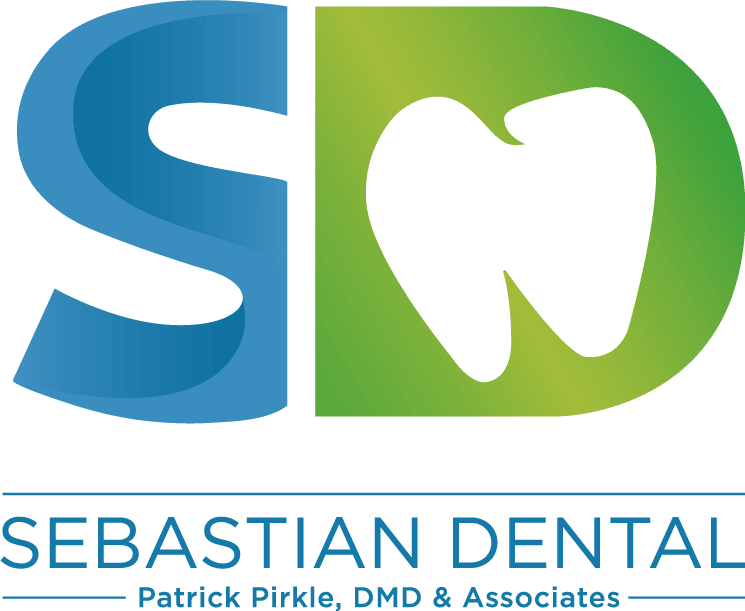
Gum disease is a more prevalent problem than most people realize. In fact, it is estimated more than half of the American population has some form of bacterial infection in their gums. The earliest stage, gingivitis, is treatable through gum disease therapy. But if it progresses into advanced periodontitis, treatment could require dental surgery. Gum disease results in swollen gums and bad breath, plus it’s the leading cause of tooth loss in America. One of the first signs of this, also known as periodontal disease, is receding gums. Even if you get treatment for gum disease, can your gums grow back? Keep reading to find out from your dentist in Sebastian.
How Can Receding Gums Cause Problems for Me?
Healthy gums are essential for both your smile and your oral health. They protect the roots of your teeth from bacteria and plaque. If your gums begin to pull away, bacteria can enter the pockets left behind to expose your tooth roots, making them vulnerable to decay and even tooth loss.
As your gum tissue starts to recede, your jawbone is also affected and begins to deteriorate. Eventually, your teeth become loose, and you may even have to remove them. Warning signs of periodontal disease that could arise before loose teeth include tender or bleeding gums, abnormal tooth sensitivity around the gumline, pain when chewing, and bad breath. Also, receding gums make your teeth look longer than they would otherwise.
Is It Possible to Reverse Gum Loss?
After you have lost gum tissue, it will not grow back. This is one of many reasons why it’s essential to identify gum disease in the preliminary stages and seek treatment. If you notice your gums receding, you need to see your dentist as soon as possible. They can conduct an assessment and recommend the best course of treatment. If gum disease is caught early enough, your dentist can perform a deep cleaning – also called root planing and scaling. It cleans out bacteria from the pockets between your gums and teeth to remove the infection and give your gums a chance to heal.
If the recession is very noticeable and painful, the dentist may recommend a gum graft to replace the lost tissue. Some of the best ways to prevent further gum loss are using proper brushing techniques and a soft-bristled toothbrush, quitting smoking, and wearing a mouthguard at night to protect your teeth.
Don’t let gum loss sneak up on you – see your dentist in Sebastian as soon as you experience discomfort and before you can see any difference in your gumline. In the meantime, be sure to floss daily along with your brushing routine and schedule a professional cleaning and exam twice each year.
About the Author
Dr. Patrick Pirkle has many family members who did or do work in the dental field, and he can’t wait to welcome you to the Sebastian Dental family! He earned his dental doctorate from Nova Southeastern University. Dr. Pirkle is a member of the American Dental Association and the American Society of Implant & Reconstructive Dentistry. You receive a gum screening during each dental checkup, but Dr. Pirkle also offers periodontal therapy. To schedule an appointment, visit his website or call (772) 388-0088.
